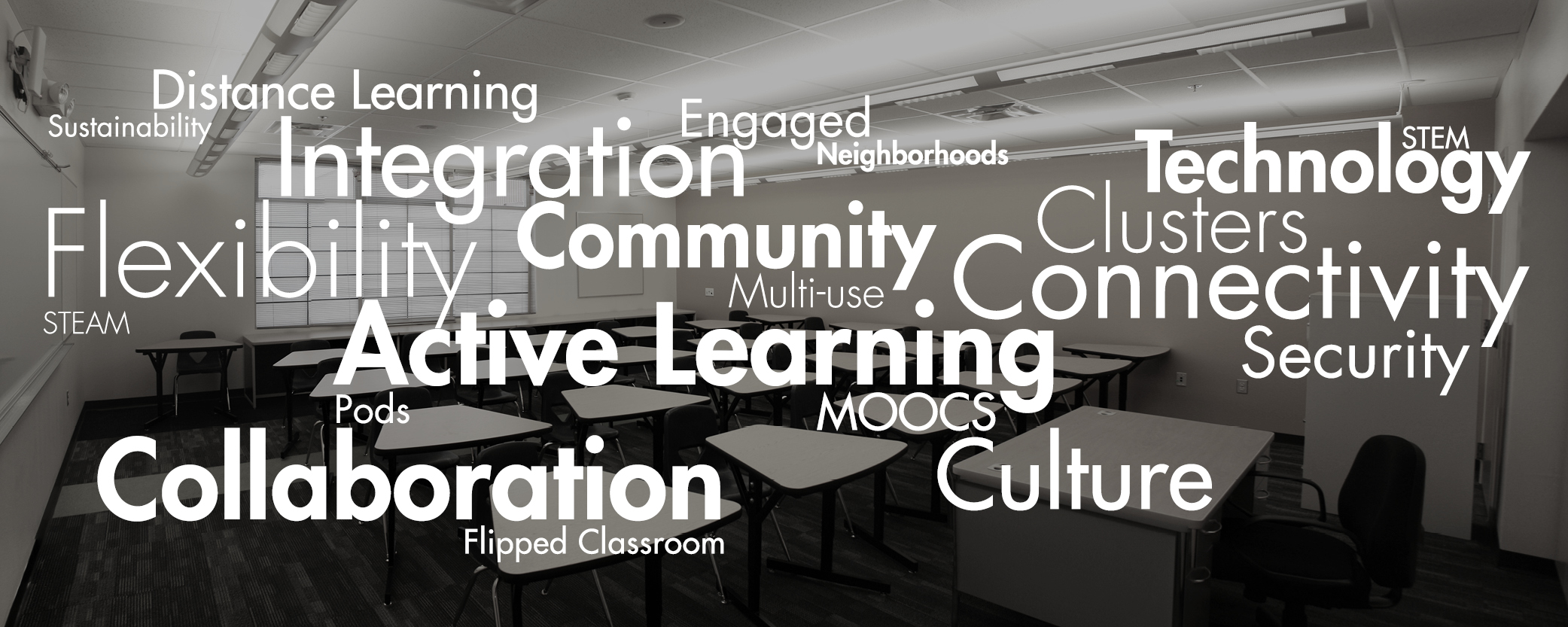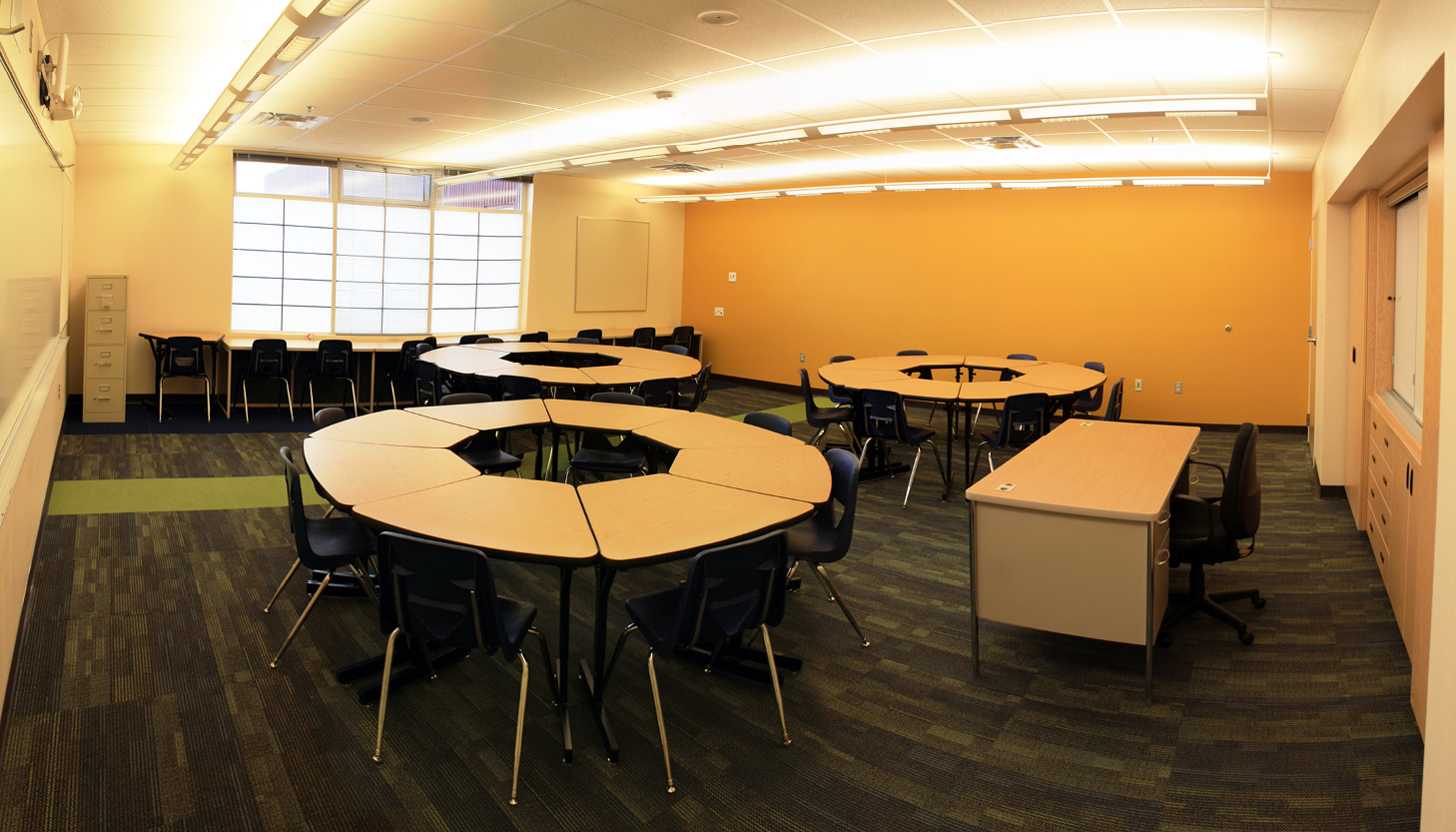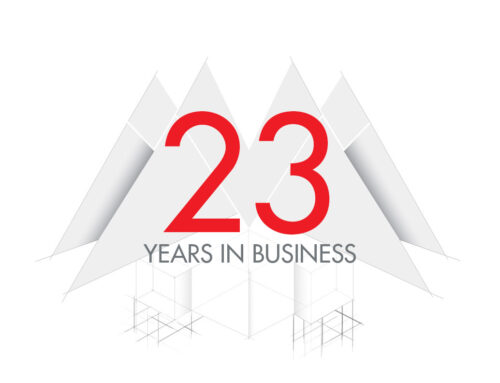Flexibility. Collaboration. STEM. STEAM. Clusters. Neighborhoods. Pods. Connectivity. Integration.
Design buzzwords can rise to notoriety almost as quickly as they become passé. Some stick around, evolving into monikers for trends that last a few years, and a rare few eventually become widely accepted as industry standards.
But how do you determine what will be a passing trend, and what will last for years to come?
It’s the multi-million dollar question for design firms and their clients, and the answer is complex.
We see it in all markets, from offices to hospitals, but educational facilities might just suffer the most from “passing trend implementation.” Schools are often built to last 50+ years, and all too often they become ineffective campuses with mismatched additions and renovations hastily completed to meet an immediate need. “One size fits all” schools are a thing of the past, and no longer meet the needs of 21st Century learning environments. But the 21st Century learning environment is about diversity and flexibility in design, making sorting between effective and passing trends increasingly difficult.
Schools differ widely between regions, districts and curricula, so variation is expected between designs. Remember the “flipped classroom” where students would watch lectures or read about new material at home, and complete practical exercises in class? The concept is still around, but the buzzword has changed, and broadened.
The latest iteration refers to student engagement and orienting designs to the “active” learner rather than the “passive” student. Unlike the flipped classroom, active learning encompasses a wider range of learning styles, encouraging more flexibility in design.
Active learning environments cater to both large and small group discussions and activities. The core concept is often accompanied by “sub trends” – i.e. “building as a learning tool”, “learning communities”, or “schools within schools”, offering a sweeping range of options for what a 21st Century school might look like.
Sorting between effective and passing trends is nearly impossible in a general sense, but in the context of a specific client, it becomes much more simplified. Early meetings with our education clients usually reveal a clear sense of teaching/learning intent, allowing for informed discussions of options for campus configuration, classroom size and orientation, multi-use space, and scale of spaces for group and private study.
Ultimately, no single trend should inform the entire design of a school. Buildings that “last” are highly functional and designed to adapt to future needs. Understanding the teaching styles and curricula of our clients ensure that the schools we design today are functional, while careful programming and flexible spaces allow for future growth.








